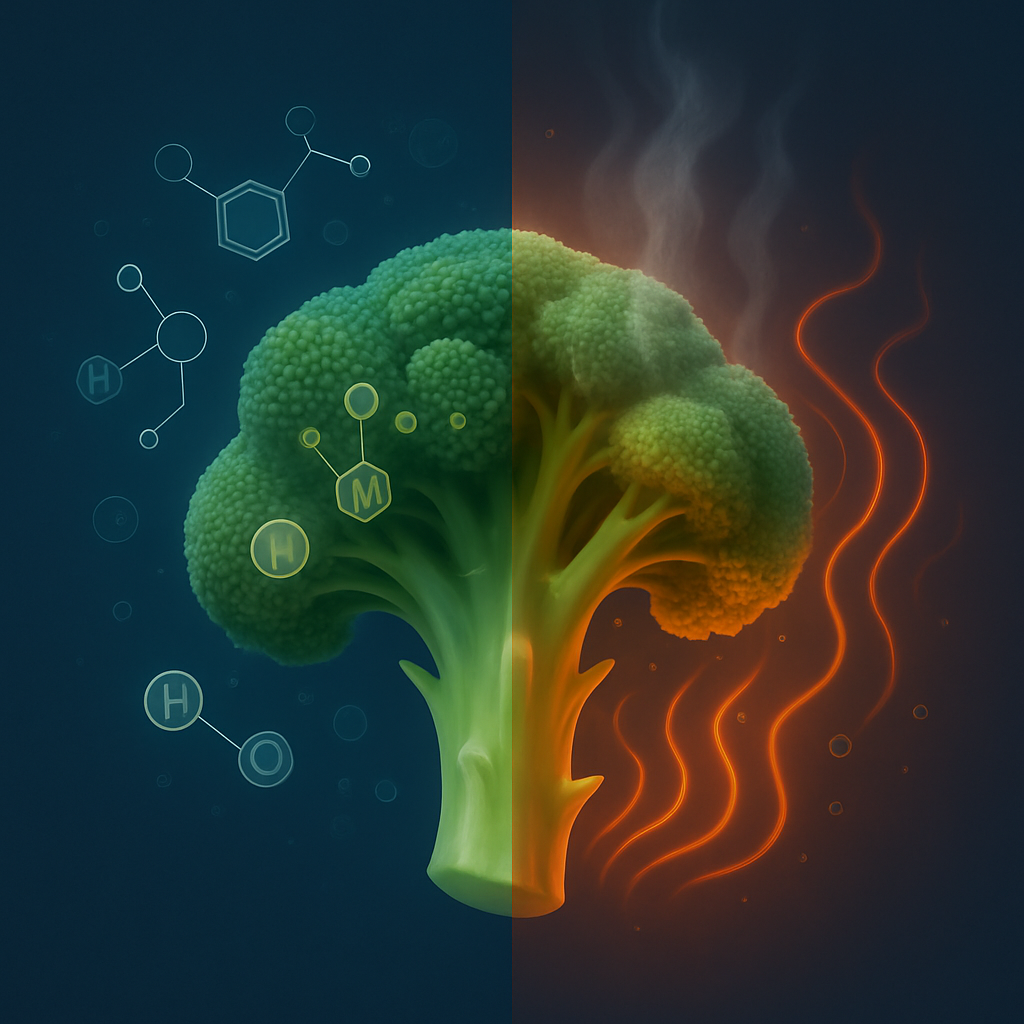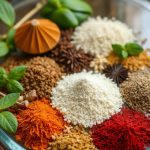Cooking is an essential part of our daily lives, but few realize how heat can alter the nutrient content of our food. Understanding the science—especially how heat affects nutrients—can help us make healthier choices in the kitchen.
How Heat Affects Food Nutrients
One of the main concerns in modern cooking is: does heat kill nutrients in food? The answer is yes—but not all nutrients are equally vulnerable. According to Dr. Barbara O’Neill, high heat can destroy vital nutrients like:
- Vitamin C
- B vitamins (especially folate and thiamine)
- Enzymes
These nutrients are heat-sensitive and start breaking down at temperatures above 70°C (158°F). Boiling, frying, and microwaving foods for long durations can significantly reduce their nutritional value.
Nutrients That Are Destroyed by Heat
Let’s look deeper into what nutrients are destroyed by heat:
- Vitamin C: Extremely sensitive to heat, light, and oxygen.
- Folate (Vitamin B9): Found in green leafy vegetables, it degrades with extended cooking.
- Thiamine (Vitamin B1): Destroyed by prolonged heat exposure.
On the other hand, some nutrients like Vitamin A, D, E, and K and minerals such as calcium and iron are more heat-resistant.
Does Heat Always Harm Food?
No. While excessive heat can damage certain nutrients, it can also make others more bioavailable. For instance:
- Lycopene in tomatoes becomes easier to absorb when cooked.
- Beta-carotene in carrots also becomes more accessible when lightly steamed.
This is why the physics of cooking involves a balance: applying the right amount of heat to preserve essential nutrients while enhancing others.
What Nutrient Helps Regulate Body Temperature?
Researchers emphasize that water is the most critical nutrient for regulating body temperature. It helps transport nutrients and dissipate excess heat through sweat. Other essential nutrients include:
- Proteins, which contribute to thermal regulation via metabolism.
- Fats, which act as insulation.
- Carbohydrates, which provide the energy that fuels the body’s thermoregulation.
Nutrients That Help Control Body Temperature and Transport Nutrients
- Water: Maintains hydration and facilitates nutrient transport.
- Sodium and potassium: Maintain electrolyte balance and body temperature.
- Iron: Supports blood oxygenation, indirectly influencing heat distribution.
These nutrients form the basis of a diet that supports your body’s natural thermodynamics.
What Is the Effect of Heat Energy?
From a physics standpoint, heat energy causes molecules to move faster. In food, this:
- Breaks cell walls (softening vegetables),
- Denatures proteins (as in cooking eggs),
- Destroys microbes, making food safer to eat.
However, too much heat for too long leads to nutrient loss and formation of harmful compounds like acrylamide (in fried foods).
Smart Cooking Methods to Preserve Nutrients
The following methods preserve nutrients best:
- Steaming: Retains most water-soluble vitamins.
- Sautéing with healthy fats: Enhances fat-soluble vitamin absorption.
- Slow cooking: Maintains nutrient content without high temperatures.
- Raw consumption: Ideal for vitamin-rich fruits and greens.
Extra Tips
In The Essential Barbara O’Neill Cookbook, she suggests:
- Using low-temperature cooking methods like steaming and baking.
- Avoiding microwaves, which can damage food enzymes and energy.
- Cooking with natural fats like coconut oil and olive oil.
Conclusion: Eat Smart, Cook Smarter
Understanding how heat affects food nutrients empowers you to make choices that protect your health. Whether you’re sautéing, steaming, or eating raw, aim to balance heat and nutrition. After all, your body temperature regulation, energy, and overall health depend on how you prepare your meals.



